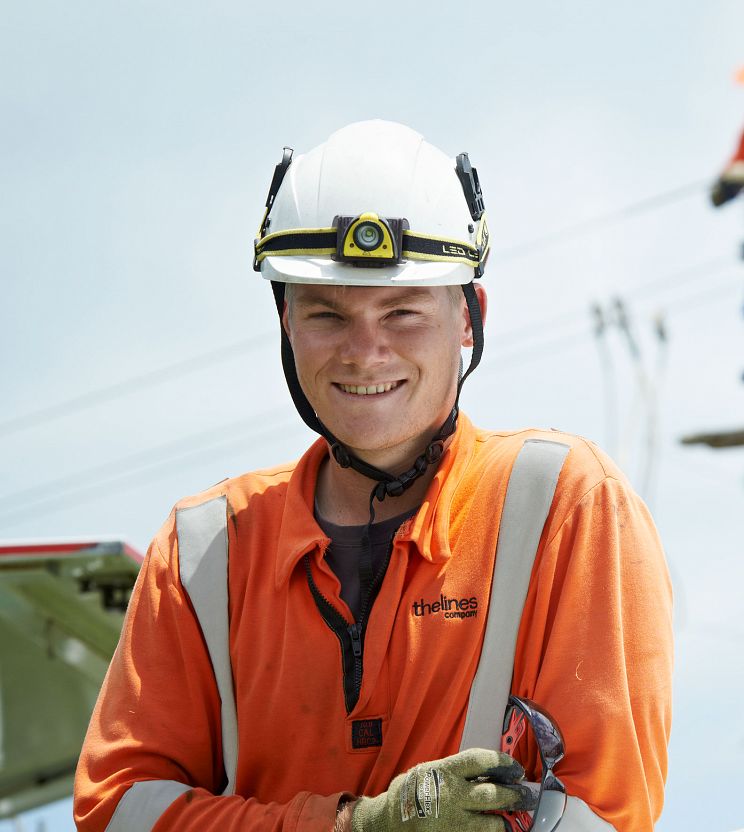Electricity safety
Electricity is distributed at high voltages and all lines should be treated as live at all times. Care also needs to be taken around power poles, transformers, and switchgear.

Electricity is distributed at high voltages and all lines should be treated as live at all times. Care also needs to be taken around power poles, transformers, and switchgear.
Without an awareness of overhead lines or underground cables, there’s a real risk of electrocution, explosion, flashover or fire.
Here’s how to safely work near overhead lines, transport high loads and locate electricity cables before digging.
If you’re trimming or removing trees, cleaning or replacing spoutings, painting, repairing roofs or chimneys, or making alterations, be careful when you’re working near overhead power lines or underground cables where they enter your house. These lines are not safe to touch.
The risks when using, or being in contact with electricity are, electric shocks, burns, fire, serious injury and death.
Make sure you look up and look out, watch those overheads, and watch where you dig.
When it comes to electrical safety, there is no room for error.
We’ve developed a range of useful safety training resources which can be used by contractors, businesses, and individuals to help drive a culture of safety around power lines and cables.
Our Safety Toolbox contains a series of basic safety tips to help reduce the risk factor when around our network assets.
Electricity faults can happen at any time, with no warning. It’s a good idea to keep essential items such as bottled water, a torch, and a fully charged cellphone handy in case the power goes out.
Learn more about how to stay safe at home using the link below:
Give power lines at least 4m of space.
If you’re going to be working closer than four metres to lines, poles or power boxes, you’ll need a Close Approach Consent, for which our team will need three working weeks to process your application.
This is a legal requirement set down by the New Zealand Electrical Code of Practice –Electrical Safe Distances.
Getting too close to overhead lines is dangerous, especially when moving over-height items such as a house, boat or heavy equipment.
You’ll need a permit and should apply 10 working days before the moving date. For more information about the different requirements for different-sized loads, call our team on 0800 367 546.
If the existing overhead power supply needs to be turned off to facilitate the passage of the high load, a minimum notification period of 20 days is required for our existing customers. Due to these circumstances, the moving date may be pushed out to include the required 20-day notice.
To avoid damage and risk of electrocution, it’s important to know where underground utility cables such as power or fibre cables are before you dig.
If they’re hit or damaged, it can knock out vital power, water, gas and communication supplies.
We can help with free advice on safe working practices and locating cables.
The first step towards locating underground cable(s) is for you to complete B4UDIG cable location service, click on the link below. Once you’ve done that, reach out to our super friendly Faults Team on 0800 367 328 for advice.
If building or extending your house, you may need to put the power underground if it’s too close to overhead lines.
The minimum distance between the building and the lines depends on the voltage and can be found on the WorkSafe website.